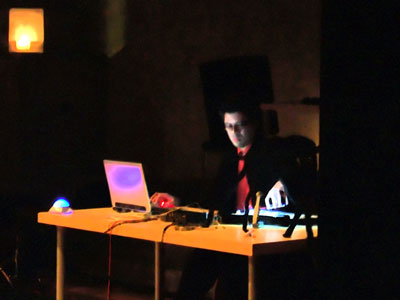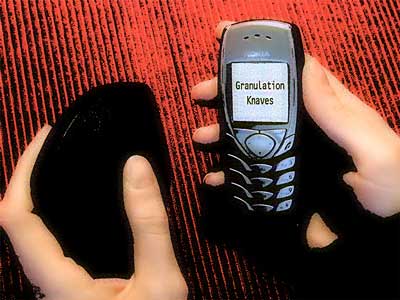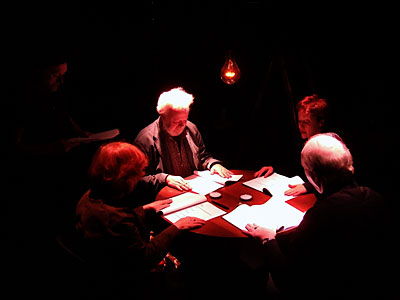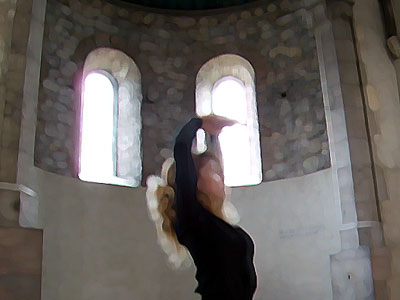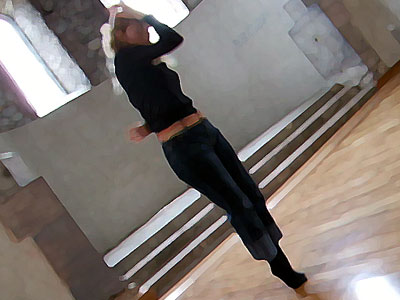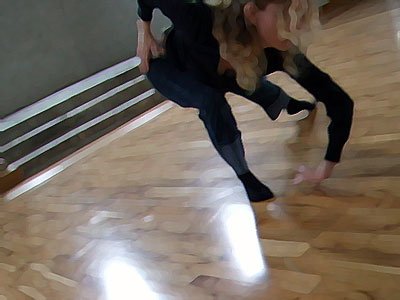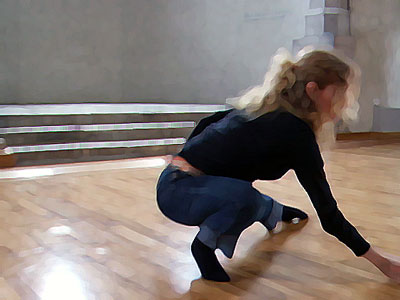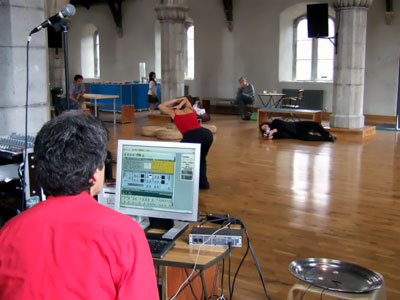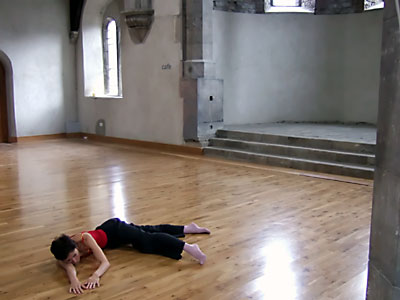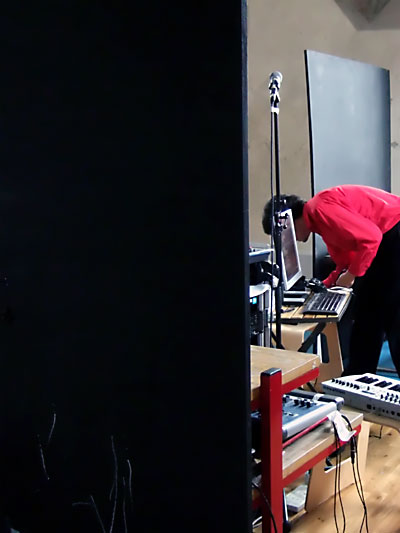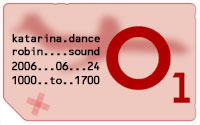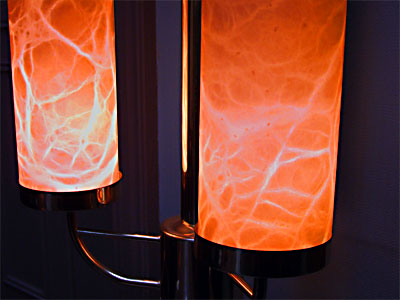Perhaps his best lauded films are MASH (1970), which captured a pitch-black comedic tone amidst the horrors of war, and Nashville (1975), an stew of music, politics and very human relationships. This narrative structure, an intersecting collage of stories both related and not, set the template for many films to follow.
Altman experimented with genre, trying his hand at practically every available format: the western, the road picture, detective flicks, even science-fiction. Results were certainly mixed; it takes a brave soul indeed to laud his SF mistake Quintet (1979). But even here his idiosyncratic view of human frailties and the matter-of-fact tone the film strikes, stirs up ideas and feelings few contemporaries could match.
The most incredible fact is that Altman continued unabated, from failure to failure, always trying something new. He never took box office defeats, or those at the hands of citics and studios, to heart. Here was an indefatigable being devoted to film.
My personal favourites are not in line with popular and critical choices like MASH and Nashville (though these are fine). The Player (1992) I enjoyed at first, but repeated viewings have not been rewarding. Then again, I cannot attest to having any sense of his overall oeuvre; he simply made far more films than I was capable of watching.
Nonetheless, a few I can recommend whole-heartedly. McCabe and Mrs. Miller (1971) is brilliant for its gritty realism and sense of doomed finality. His version of the play Streamers (1983) is almost unbearably intense, and manages to convey in one room what most war films have not achieved given enormous budgets and casts. In fact, he proved most adept at filming theatre. Ed Graczyk's Come Back to the Five and Dime, Jimmy Dean, Jimmy Dean (1982) put Cher to good use. Sam Shepard's Fool for Love (1985) is a masterpiece.
I mentioned "intensity" and that is an Altman hallmark. This he achieves through a controlled exposition of emotion and careful attention to filmic detail. Often there are surprising moments of vivid shock, like the violent outburst in the middle of the otherwise laconic The Long Goodbye (1973). In other cases this emotional charge is conveyed through means that are not apparent. Altman sometimes uses "subliminal" methods to achieve this, a fact I have never seen acknowledged. In A Wedding (1978) there is a shot of a figure (or is it a sculpture?) that instills terror for no logical reason at all. And this in a supposed comedy, albeit a comedy that tips its hat to Bunuel.
Altman's films are as complex as life, shying away from blinkered views or simplistic interpretations.
As a sound artist I must note that Altman's use of this medium is wonderful. Thieves Like Us (1974) is delightful not only for its revisionist retelling of the Bonny and Clyde story, and not only for its excellent performances, but also for the weaving of diegetic and non-diegetic sound into a complex immersive tapestry.
Altman also got the best from a talented grouping of actors, including Harry Dean Stanton, Elliott Gould, Kim Basinger, Sissy Spacek, Shelley Duvall... the list is long. Noteworthy is the number of women to whom he gave fantastic parts and the opportunity to express themselves fully, outside the bounds of normative Hollywood practice. In this regard 3 Women (1977) stands as a haunting pinnacle. By coincidence it arrived at my door as Altman died, so I will watch it and remember this unequalled film-maker.
Support this site by buying 3 Women from Amazon through the following links.



Or, start with those links and buy anything else from Amazon. Your purchases are at the same discounted rates, but a portion of Amazon's profits instead go to help this site. Thank you.
The most incredible fact is that Altman continued unabated, from failure to failure, always trying something new. He never took box office defeats, or those at the hands of citics and studios, to heart. Here was an indefatigable being devoted to film.
My personal favourites are not in line with popular and critical choices like MASH and Nashville (though these are fine). The Player (1992) I enjoyed at first, but repeated viewings have not been rewarding. Then again, I cannot attest to having any sense of his overall oeuvre; he simply made far more films than I was capable of watching.
Nonetheless, a few I can recommend whole-heartedly. McCabe and Mrs. Miller (1971) is brilliant for its gritty realism and sense of doomed finality. His version of the play Streamers (1983) is almost unbearably intense, and manages to convey in one room what most war films have not achieved given enormous budgets and casts. In fact, he proved most adept at filming theatre. Ed Graczyk's Come Back to the Five and Dime, Jimmy Dean, Jimmy Dean (1982) put Cher to good use. Sam Shepard's Fool for Love (1985) is a masterpiece.
I mentioned "intensity" and that is an Altman hallmark. This he achieves through a controlled exposition of emotion and careful attention to filmic detail. Often there are surprising moments of vivid shock, like the violent outburst in the middle of the otherwise laconic The Long Goodbye (1973). In other cases this emotional charge is conveyed through means that are not apparent. Altman sometimes uses "subliminal" methods to achieve this, a fact I have never seen acknowledged. In A Wedding (1978) there is a shot of a figure (or is it a sculpture?) that instills terror for no logical reason at all. And this in a supposed comedy, albeit a comedy that tips its hat to Bunuel.
Altman's films are as complex as life, shying away from blinkered views or simplistic interpretations.
As a sound artist I must note that Altman's use of this medium is wonderful. Thieves Like Us (1974) is delightful not only for its revisionist retelling of the Bonny and Clyde story, and not only for its excellent performances, but also for the weaving of diegetic and non-diegetic sound into a complex immersive tapestry.
Altman also got the best from a talented grouping of actors, including Harry Dean Stanton, Elliott Gould, Kim Basinger, Sissy Spacek, Shelley Duvall... the list is long. Noteworthy is the number of women to whom he gave fantastic parts and the opportunity to express themselves fully, outside the bounds of normative Hollywood practice. In this regard 3 Women (1977) stands as a haunting pinnacle. By coincidence it arrived at my door as Altman died, so I will watch it and remember this unequalled film-maker.
Support this site by buying 3 Women from Amazon through the following links.
Or, start with those links and buy anything else from Amazon. Your purchases are at the same discounted rates, but a portion of Amazon's profits instead go to help this site. Thank you.
